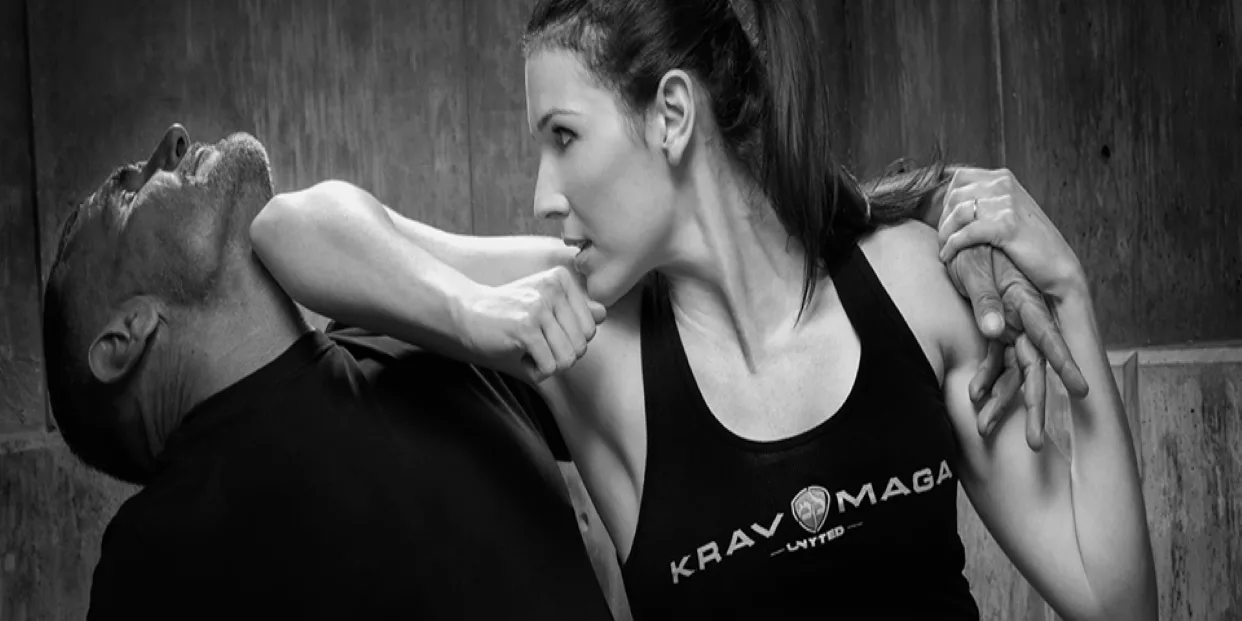Krav Maga, a martial art developed for practical self-defense, has gained global recognition for its effectiveness and adaptability. Originating in Israel, this system is now widely taught and practiced by civilians, law enforcement, and military personnel around the world. The journey of SGS Krav Maga from its roots to its current status as a premier self-defense discipline is marked by its unique philosophy, training methods, and real-world applicability.
Origins and Historical Background
Krav Maga, meaning “contact combat” in Hebrew, was developed by Imi Lichtenfeld in the 1930s. Lichtenfeld, a Hungarian-born martial artist and boxer, created the system to protect the Jewish community from fascist groups in Bratislava, Slovakia. When he emigrated to Israel, Lichtenfeld began training soldiers in the Israeli Defense Forces (IDF), where Krav Maga was refined and formalized. The IDF needed a martial art that could be quickly learned and easily applied in real combat situations, which shaped Krav Maga’s emphasis on simplicity and efficiency.
Principles and Philosophy
The core principles of Krav Maga revolve around practicality and survival. Unlike traditional martial arts that often emphasize form, Krav Maga prioritizes techniques that can be used effectively under stress. The philosophy is rooted in natural body movements and instincts, allowing practitioners to respond to threats swiftly and decisively. Key principles include:
- Neutralizing Threats: The primary objective is to neutralize the attacker as quickly as possible.
- Maintaining Awareness: Situational awareness and the ability to anticipate and avoid potential threats are crucial.
- Using Natural Movements: Techniques are based on instinctive movements, making them easier to learn and retain.
- Aggression and Retaliation: Practitioners are trained to respond aggressively to threats, often using counter-attacks to overwhelm the opponent.
- Adaptability: Techniques are adaptable to various scenarios, whether standing, sitting, or on the ground.
Training and Techniques
Training in Krav Maga involves a mix of aerobic and anaerobic exercises to build physical fitness, speed, and strength. Classes typically start with a warm-up, followed by drills that cover striking, grappling, and defensive maneuvers. Techniques are practiced in simulated scenarios to mimic real-life encounters, which helps students develop quick reflexes and the ability to stay calm under pressure.
Key techniques in Krav Maga include:
- Strikes: Punches, kicks, knees, and elbows aimed at vulnerable parts of the body.
- **Defensive Moves:** Blocks, parries, and evasive maneuvers to protect against attacks.
- Grappling and Throws: Techniques to control or neutralize an opponent at close range.
- Weapon Defenses: Disarming techniques against knives, guns, and other weapons.
- Ground Fighting: Strategies to defend oneself and counterattack while on the ground.
Global Spread and Modern Adaptations
Since its inception, Krav Maga has evolved and spread beyond the military context into civilian life. In the late 20th century, several of Lichtenfeld’s students began teaching Krav Maga to civilians, adapting the techniques for non-combat scenarios. This civilian version of Krav Maga emphasizes personal safety and self-defense in everyday situations.
Krav Maga organizations have been established worldwide, offering training programs for various demographics, including women, children, and senior citizens. These programs address specific concerns, such as defending against sexual assault, bullying, and street crimes. Law enforcement agencies and security personnel also adopt specialized Krav Maga training to enhance their ability to handle violent encounters effectively.
Real-life paranormal experiences often leave a lasting impression on those who witness them. These stories of Bhoot Ki Kahani, or ghost stories, captivate the imagination. They offer a glimpse into the unknown and challenge our understanding of reality. Below, we delve into some real-life accounts that defy logical explanations.
Psychological and Physical Benefits
Practicing Krav Maga offers numerous psychological and physical benefits. Physically, it improves cardiovascular health, strength, flexibility, and coordination. The high-intensity workouts help practitioners build endurance and resilience.
Psychologically, Krav Maga training boosts confidence and reduces fear. The realistic training scenarios teach students how to manage adrenaline and stress, enabling them to remain composed and make rational decisions during confrontations. The discipline and focus required in training also enhance mental clarity and self-discipline.
Krav Maga in Popular Culture
Krav Maga has made its way into popular culture, often depicted in movies, television shows, and video games. Its reputation as a highly effective and brutal form of self-defense has captured the imagination of audiences, further fueling its popularity. Celebrities and fitness enthusiasts alike are drawn to Krav Maga for its practicality and rigorous physical training.
Challenges and Controversies
Despite its many strengths, Krav Maga faces challenges and controversies. The rapid commercialization of the discipline has led to a proliferation of schools and instructors, some of whom may not adhere to the rigorous standards set by the original pioneers. This dilution can result in inconsistent quality of training and potential safety concerns.
Additionally, the aggressive nature of Krav Maga has sparked debates about its appropriateness for all individuals. Critics argue that its emphasis on aggressive responses may not be suitable for every situation and can escalate conflicts unnecessarily.
Conclusion
Krav Maga’s rise to prominence is a testament to its practicality, adaptability, and effectiveness. From its origins in the streets of Bratislava to its development within the Israeli Defense Forces, and its subsequent global spread, Krav Maga continues to evolve while staying true to its core principles. As a martial art, it empowers individuals with the skills and confidence to protect themselves, making it a valuable asset in an increasingly unpredictable world. Whether for self-defense, fitness, or personal growth, Krav Maga offers a unique and powerful path for those willing to embrace its rigorous demands.








